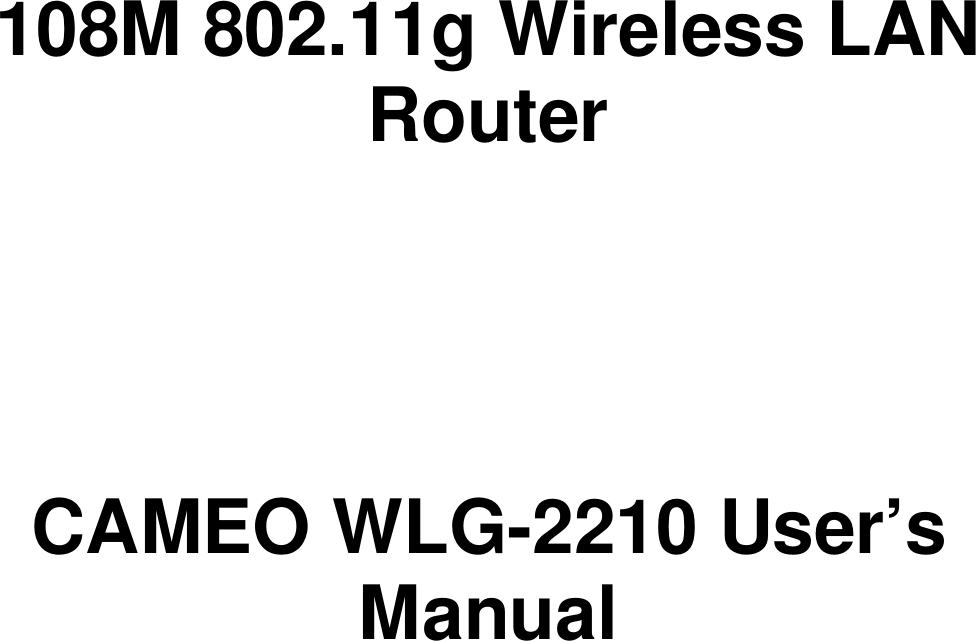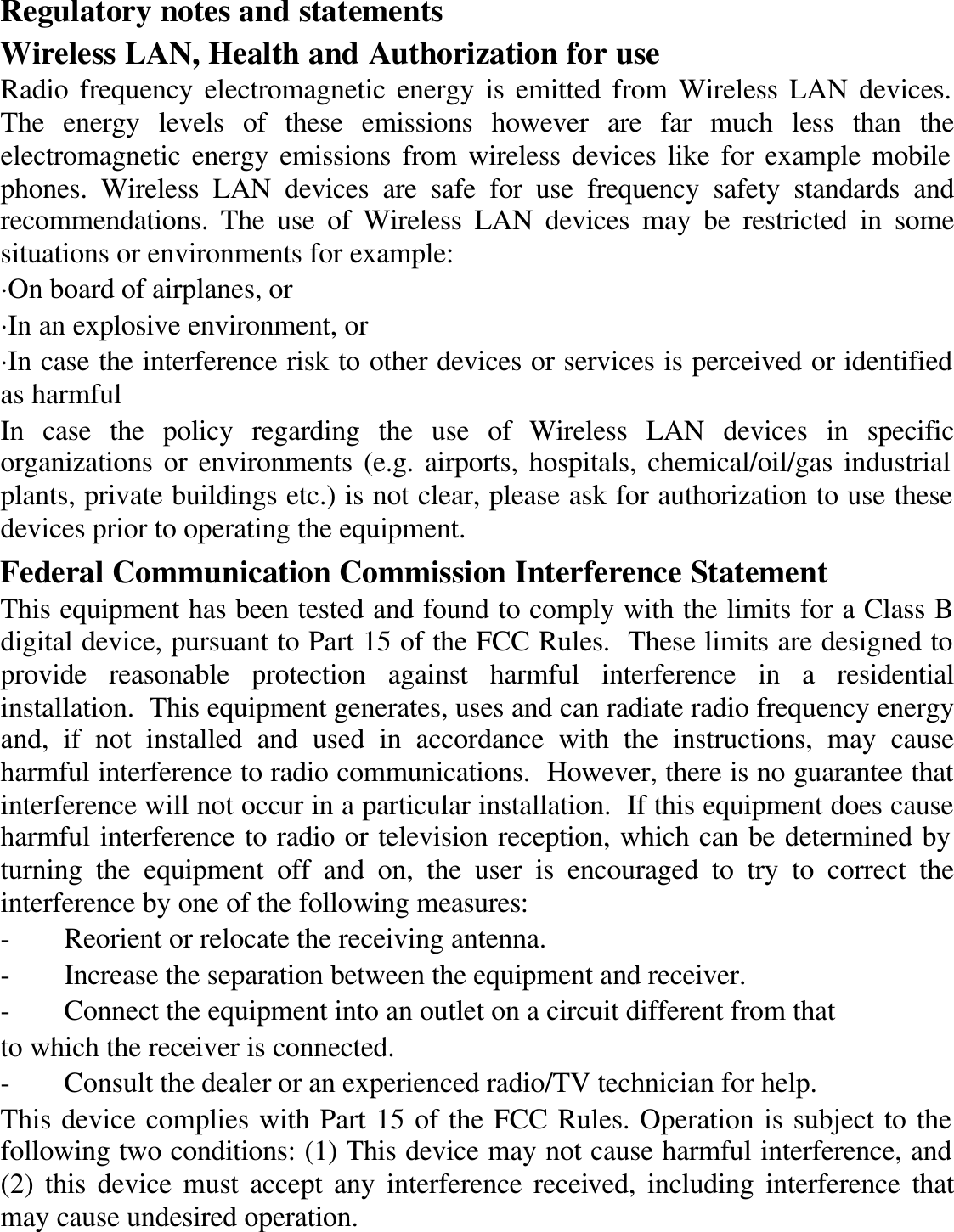Cameo Communications WLG2210 108M 802.11g Wireless LAN Router User Manual
Cameo Communications Inc 108M 802.11g Wireless LAN Router M WLG 2210 A1 v100 0712
a href="https://usermanual.wiki/Cameo-Communications" itemprop="url">
Cameo Communications >
Contents
- 1. Manual 1
- 2. Manual 2
- 3. Manual 3
Manual 1

